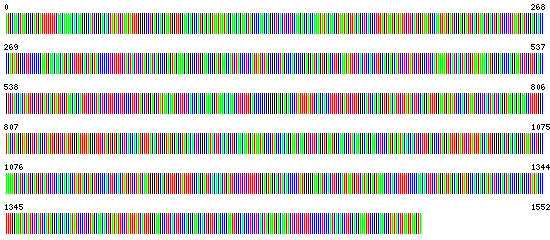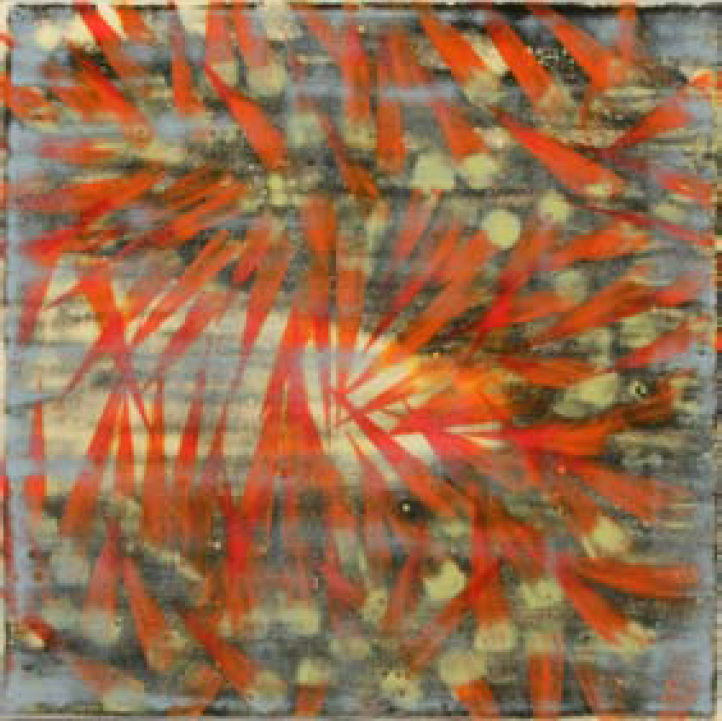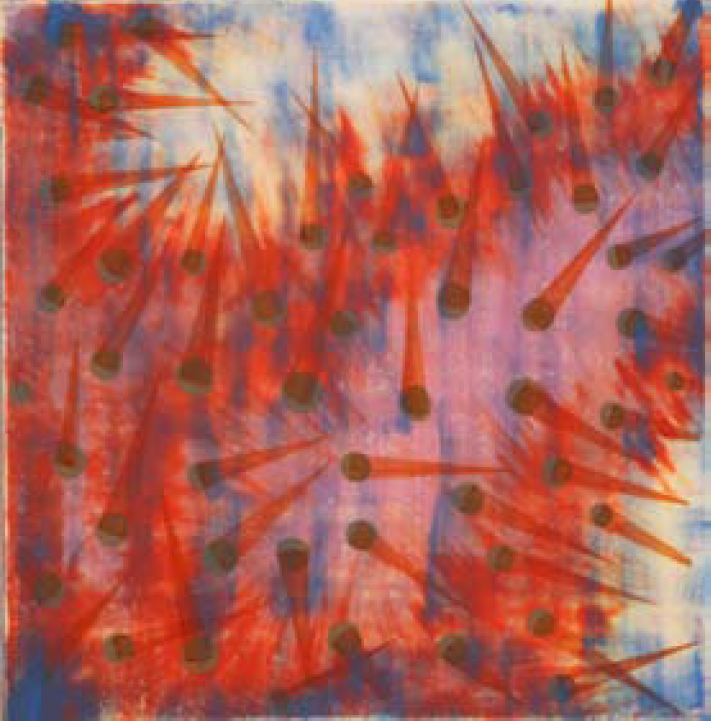Moorea: The Coral Reef Community
Acanthaster planci Seastar
Moorea
From the researcher's perspective...
There are very few natural forces that can destroy something as structurally complex as a coral reef—a large typhoon or storm, perhaps an earthquake or volcano. The scale is usually geological, not biological, with one notable exception: Acanthaster planci, the Crown-of-Thorns seastar. No one knows exactly the circumstances that made this seastar lineage into the most voracious of coral predators. Its closest relatives are deep-sea sediment-feeders, but just a short time ago (…short in geological time, perhaps 3 million years) Crown-of-Thorns seastars came out of the mud and onto the reef.
The Crown-of-Thorns seastar is the second largest seastar in the ocean. It is a bizarre-looking animal! It has a general seastar shape with multiple legs radiating from a central disk, but this seastar is covered with sharp, venomous spines resembling thorns, giving this seastar its name. Making contact with a Crown-of-Thorns seastar is extremely painful, as these spines are long and sharp enough to puncture wetsuits and skin. A wound from a Crown-of-Thorns seastar can be painful for many hours, and a piece of a spine lodged in your skin can produce a nasty infection. It is no wonder that adult Crown-of-Thorns seastars have very few predators, though some large wrasses, the Giant Triton (a large marine snail) and a large anemone-like polyp have been reported to feed on adult Crown-of-Thorns seastars.
Crown-of-Thorns seastars feed on coral. They consume it by climbing on top of a coral head, everting their stomachs, secreting digestive juices onto the live coral tissue and slurping it up. They are primarily nocturnal, so it is rare to see one feeding in the daytime—they spend daylight hours hidden under ledges and bommies—but you can see where they have been by the feeding scars of white coral skeleton where the tissue has been removed. It is easy to forget that Crown-of-Thorns seastars are a natural part of a reef ecosystem—areas of coral that they clear provide space for settlement of new organisms. As reef systems are increasingly threatened by anthropogenic activities however, the impact of outbreaks of Crown-of-Thorns seastars becomes more severe.
Chris Meyer, Seabird McKeon, Hannah Stewart, and Matthew Johnson
DNA Barcode of Acanthaster planci
Accessed from Barcode of Life Data Systems
GBEH1483-06 | Acanthaster planci | COI-5P
ATGCAACTAAGGCGATGATTTTTTTCAACAAAACACAAGGGCATCGGGACACTATATCTAATATTTGGGGCCTGA GCAGGAATGGTTGGAACAGCCATGAGAGTAATAATACGAACAGAACTAGCCCAACCAGGCTCACTCCTCCAAGAC GACCAAATATACAACGTAATAGTTACAGCTCACGCTTTAGTAATGATATTCTTCATGGTAATGCCAATTATGATC GGAGGATTCAGTAACTGACTGATCCCTCTAATGATCGGAGCACCCGATATGGCCTTCCCCCGAATGAACAACATG AGCTTTTGACTAGTACCCCCCTCTTTTCTACTACTCCTAGCATCAGCCGGAGTAGAAAGAGGCGCTGGAACCGGA TGAACCATCTACCCTCCATTATCTAGCGGCCTAGCCCACGCCGGAGGATCAGTGGACCTTGCAATATTCTCACTC CACCTTGCAGGAGCATCCTCTATCCTGGCCTCCATAAAATTCATCACTACTGTAATAAACATGCGGACCCCAGGA ATCTCGTTCGACCGTCTACCACTATTCGTCTGATCAGTATTCGTAACAGCATTTCTGCTACTCCTTTCCCTTCCC GTTCTAGCTGGAGCTATAACAATGCTTCTCACCGACCGAAACGTAAACACAACCTTCTTTGACCCCGCGGGGGGA GGAGACCCTATTTTATTCCAGCACCTTTTCTGATTCTTTGGGCATCCAGAGGTGTACATTCTTATACTTCCAGGA TTTGGAATGATATCCCACGTAATCGCTCACTACTCAGGTAAGAGAGAACCTTTTGGCTACCTAGGTATGGTCTAC GCTATTGTGTCTATTGGGATTTTAGGGTTTCTAGTGTGAGCTCACCACATGTTTACAGTCGGTATGGACGTAGAC ACTCGGGCATACTTCACAGCTGCAACAATGATAATAGCCGTACCCACAGGAATCAAGGTCTTCAGGTGAATGGCA ACGCTACAAGGCAGGAACCTCCGATGAGATACACCACTGCTTTGAGCCCTAGGATTTGTATTCTTATTTACCATT GGGGGACTGACAGGCGTAATCCTGGCAAAATCATCCATCGATGTCATCCTCCACGACACCTATTACGTAGTCGCC CACTTCCACTATGTCCTATCAATGGGTGCAGTGTTTGCTATTTTCGCAGGATTCACACACTGATTCCCTCTCTTT TCTGGAGTAGGACTACACCCCCTATGGGGGAAGATCCACTTCGCATTAATGTTCATAGGAGTAAACCTCACCTTT TTCCCCCAACACTTCCTAGGATTAGCAGGTATGCCACGACGATACTCCGACTACCCGGACGCCTATACCCTTTGG AATACTATCTCATCCATAGGCAGCACCATATCCCTCGTAGCAACACTGATATTCCTATTTATCATTTGGGAAGCC TTCACTTCCCAGCGAACCACTGTTCGACCCGAATTCGCACCCTCCTCACTAGAATGACAATACTCTTCCTTTCCC CCCTCCCATCACACCTTCGACGAAATTCCGGCAACCGTATACTTAATTAAGTA



